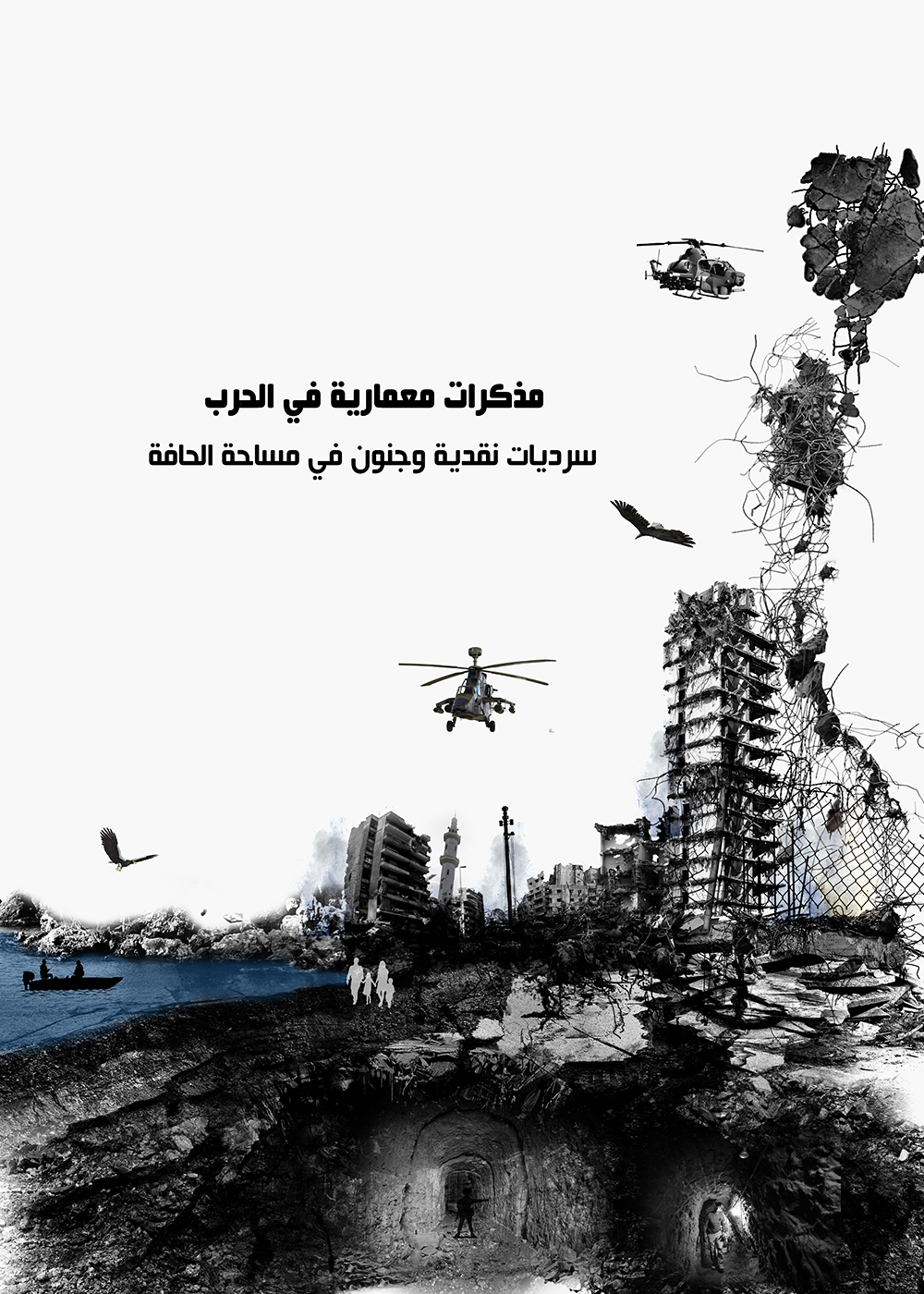An Architect's Diary at War: Critical Narratives and Madness in Edge Space
Hala Eid al-Nagui
| Creative and Critical Writings | 2023 | Palestine

An architect's Diary at War: Critical Narratives and Madness in Edge Space is a collection of memoirs that present an architectural testimony of a Palestinian woman, summarizing her personal experience with war. The writer stops to reflect on meanings in the margins, which are in fact the essence of the experience: meanings of fear, love, life, war, memory and identity. All of these meanings face the city, the street, the alleyways, the camps, the house, the rubble, the hospital and the makeshift tent. These written memories attempt to reveal the hidden layers in the society of war to reexamine the geographical area known as Gaza. Gaza is held up as an example of the way architecture can reformulate, think about and philosophize about war. This book uses texts and visual representations, such as images, sketches, the author’s notes, and maps, to explore the author’s self first and the character of Gazan society secondly. The author investigates and dives deeper into sensitive experiences, gestures, knowledge, technicalities, tools, and practices which question the relationship between architecture and war and the consequential scenarios which relate to the body, emotions, place, politics, balance of power and knowledge production. The author begins her testimony from the 2014 war, the longest and most violent one, but this scenario allows access to scenes similar to the preceding and succeeding wars equally.


